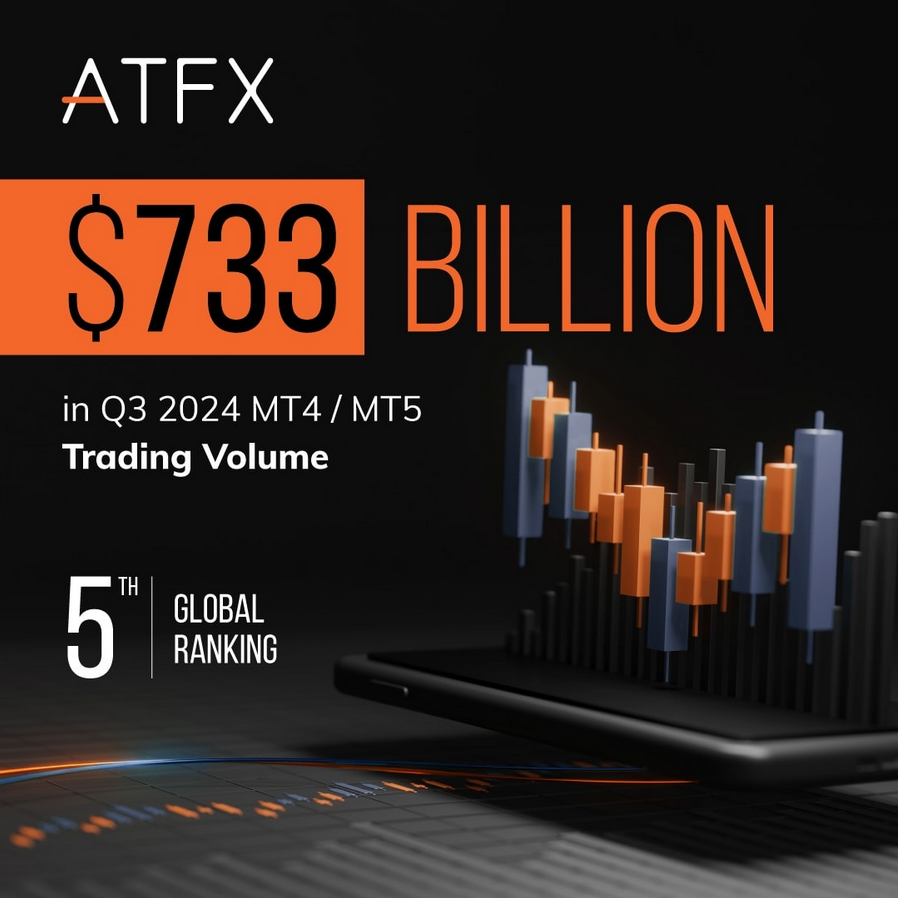The EUR remains under pressure due to weak Eurozone economic data, while USD strength limits EUR’s potential for a significant rise. GBP faces downward pressure as investors await labor market data, with the possibility of a BoE rate cut depending on economic performance. The JPY benefits from cautious monetary policy by the BoJ, with further rate hikes in sight, though volatility persists. Gold, on the other hand, continues to trade lower amid a stronger USD and hawkish U.S. wage data, though U.S. inflation numbers may shift sentiment later in the week.
1. EUR/USD (Euro/US Dollar)
- Current Trend: Bearish
- Support Levels: 1.1065, 1.1028, 1.1017, 1.0950
- Resistance Levels: 1.1140, 1.1191, 1.1275
Outlook:
- The Euro faces downward pressure due to weak Eurozone economic data. Lower-than-expected GDP revisions and poor industrial output from Germany and France highlight concerns.
- The dollar’s recovery from U.S. economic data further adds to the bearish outlook.
- Key Support: Watch for 1.1065. If broken, further downside to 1.1028 and 1.1017 is possible.
- Key Resistance: A recovery toward 1.1140 could indicate a bounce, but consolidation below 1.1065 suggests continued selling.
Forecast:
- Bearish Outlook for the week with possible dips to 1.0950, especially if U.S. statistics remain strong. However, any break above 1.1140 may signal a shift to bullish momentum.
2. GBP/USD (British Pound/US Dollar)
- Current Trend: Bearish
- Support Levels: 1.3117, 1.3055, 1.2973
- Resistance Levels: 1.3150, 1.3202, 1.3306
Outlook:
- The GBP continues its decline, with the focus on tomorrow’s UK labor market data. A weak report could increase the likelihood of a BoE rate cut, which may further pressure the pound.
- Key Support: 1.3117 is the immediate level to watch, with a break potentially leading to 1.3055.
- Key Resistance: A consolidation above 1.3150 could halt the decline and open room for recovery toward 1.3202.
Forecast:
- Bearish Outlook with the possibility of testing 1.3055. However, better-than-expected labor data could shift sentiment, pushing the pair to 1.3202 and beyond.
3. USD/JPY (US Dollar/Japanese Yen)
- Current Trend: Bearish
- Support Levels: 141.93, 140.22, 137.26
- Resistance Levels: 144.42, 147.17
Outlook:
- The yen is strengthening amid volatility concerns and potential BoJ policy adjustments. Despite no immediate expectations of rate hikes, speculation around the BoJ’s next moves has contributed to yen strength.
- Key Support: 141.93 is crucial, and a break below could lead to further downside toward 140.22.
- Key Resistance: A recovery above 144.42 may indicate a reversal, but only if backed by strong U.S. data.
Forecast:
- Bearish Outlook with potential for further declines toward 140.22. However, a break above 144.42 could signal a shift toward bullish momentum.
4. XAU/USD (Gold)
- Current Trend: Bullish
- Support Levels: 2488, 2471, 2451
- Resistance Levels: 2504, 2526
Outlook:
- Gold has retreated due to the dollar’s strength but remains in a bullish trend amid expectations of softening U.S. inflation. If inflation data is weaker than expected, this would bolster gold as investors anticipate a Fed pause or cut in rates.
- Key Support: 2488 is the immediate level to watch, and a break below could lead to 2471 or even 2451.
- Key Resistance: A consolidation above 2504 will likely open the path for a retest of 2526, where selling pressure may re-emerge.
Forecast:
- Bullish Outlook if gold manages to hold above 2488 and U.S. inflation data disappoints. If sellers take control, expect a drop toward 2451.
Current Trend: Bearish
Key Support Levels: 1.1063, 1.1028, 1.1017
Key Resistance Levels: 1.1100, 1.1159, 1.1191
Forecast: The EUR/USD is currently in a bearish trend. While there is a possibility of a short-term rebound, the overall outlook remains negative. A break below the 1.1017 level could accelerate the decline.
Factors to Watch:
- ECB Monetary Policy: The European Central Bank’s stance on interest rates and quantitative easing will significantly influence the euro’s value.
- Eurozone Economic Data: The strength of the Eurozone economy, particularly compared to the United States, will be a key driver.
- Geopolitical Events: Developments in Europe, such as the ongoing conflict in Ukraine, can impact the euro’s sentiment.









